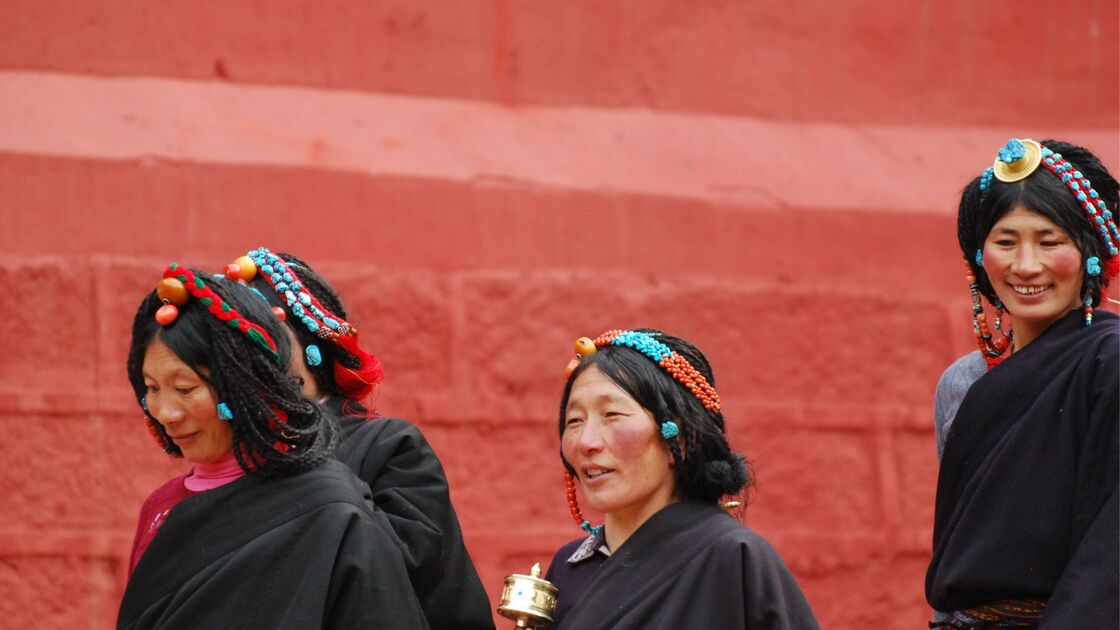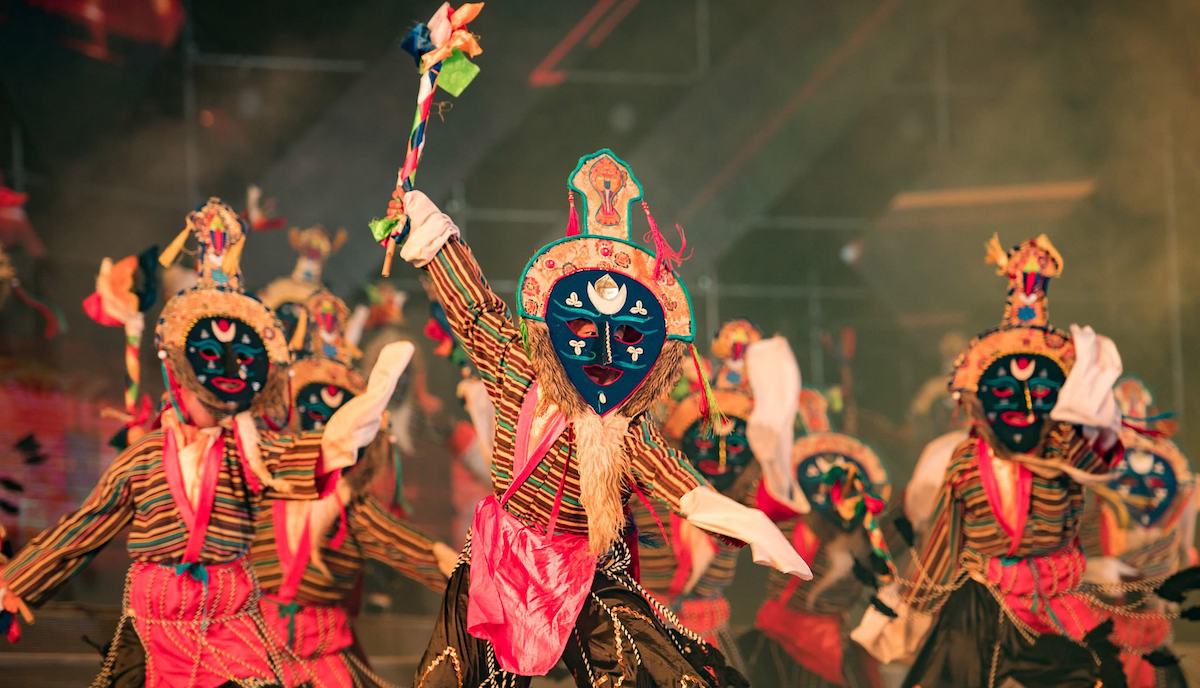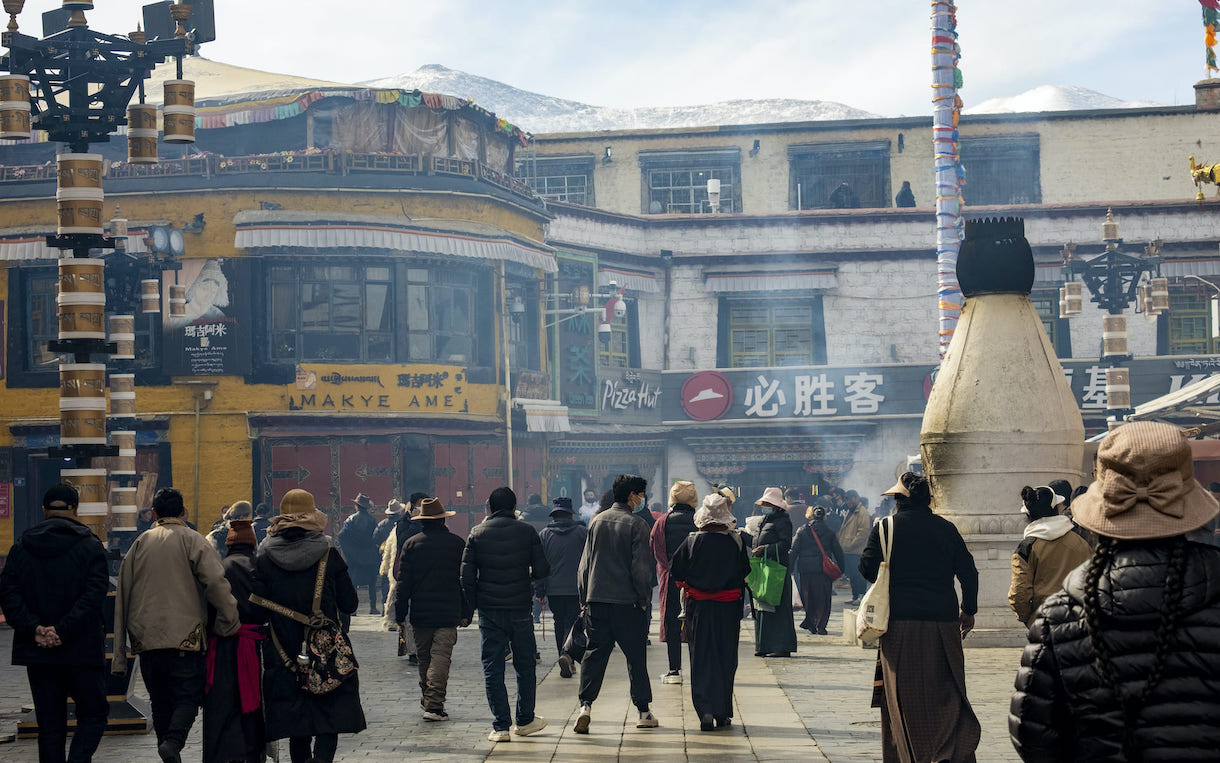+86-15889090408
[email protected]

Tibetan culture is rich in traditions and customs that have been passed down from generation to generation. Cultural taboos form an essential aspect of Tibetan culture, with powerful meaning and significance.
These cultural taboos serve as a means of preserving Tibetan culture while shaping the morals and values of its people. Here we explore the importance of cultural taboos in Tibetan culture and common cultural taboos in Tibetan society. their significance in religious practices, the impact of modern life on cultural taboos, and why it’s essential to preserve Tibetan cultural taboos.
Cultural taboos refer to practices, behaviors, or objects that are prohibited in a specific culture. Tibetan cultural taboos play an essential role in preserving the Tibetan identity, traditions, and customs. They help to maintain beliefs, customs, and practices that hold the community together. Cultural taboos help to impart a sense of discipline and respect in Tibetan society. It’s believed that breaking these taboos could lead to bad luck, and misfortune, and bring harm to the community.
There are many cultural taboos in Tibetan society, with some related to food, diet, and others to general social behaviors. For instance, it’s taboo to touch someone’s head as it’s considered the most sacred part of the body. Another prominent cultural taboo is stepping on or disrespecting prayer flags, which are considered holy in Tibetan society. It’s also taboo to point with the feet, as the feet in Tibetan culture are considered impure.

In Tibetan Buddhism, cultural taboos play a crucial role in religious practices. For example, killing animals is considered a grave sin as Buddhism upholds respect for all forms of life. It’s also considered taboo to eat meat on specific days, such as the full moon day and the new moon day. Similarly, one is not allowed to speak during specific rituals, as it’s believed to disturb the peaceful energy that’s crucial during religious practices.
In modern Tibet, cultural taboos are increasingly challenged by global influences and other external factors. With the rise of social media, the younger generation is being exposed to Western traditions. That tends to downplay the importance of traditional beliefs. This has led to a shift in attitudes towards traditional cultural taboos. The challenge of preserving cultural taboos in today’s world is significant, particularly as many Tibetan youths move to cities and prioritize modern lifestyles over traditional values.
In conclusion, cultural taboos form an integral part of Tibetan culture. While they help preserve Tibetan identity and traditions. They’ve also played an essential role in shaping Tibetan morals, values, and social behaviors.
The impact of the modern way of life has undoubtedly challenged the importance of cultural taboos. Whereas it’s imperative to preserve traditional beliefs and practices despite the influence of external factors. Tibetan society should continue to uphold and respect cultural taboos to maintain a strong cultural identity and a sense of community.

Tibet, a unique region located in the Himalayan Mountains, is known for its breathtaking landscapes, fascinating culture, and distinctive cuisine. Tibetan cuisine is influenced by its geographical location, with its cold climate and high altitude. As well as its Buddhist culture and nomadic roots.
Here I will explore the importance of investigating Tibetan food, an overview of Tibetan cuisine, main dishes, side dishes, and snacks. The festive and special occasion foods. Its challenges and opportunities facing Tibetan cuisine, and future prospects for Tibetan food and cuisine.
Tibetan cuisine is a combination of Indian, Nepalese, and Chinese influences with local flavors and ingredients. Meat and dairy products, especially yak meat and butter, are staples in Tibetan cuisine.
Vegetables, grains, and legumes are also commonly used, with spices like cumin, chili, and Sichuan pepper adding a unique flavor profile. A typical Tibetan meal involves a combination of dishes served with Tsampa. A roasted barley flour that is made into a dough and eaten with other dishes.
Tsampa
Tsampa is a staple food in Tibetan cuisine, made by roasting barley flour and adding butter tea to make dough. It is commonly served with other dishes and is rich in nutrients, including protein, fiber, and carbohydrates. There are various ways to prepare Tsampa, including adding sweeteners, cheese, or meat to the dough.
Thukpa
Thukpa is a noodle soup that is typically made with meat, vegetables, and noodles. It is a hearty dish that is perfect for cold climates and is commonly eaten for breakfast or as a snack. Thukpa can be made with different meats or vegetables, and many variations exist across the region.
Momos
Momos are a type of dumpling that is filled with meat or vegetables and spices. They are a popular snack and are often served during festive occasions. Momos can be made with different filling options, including beef, chicken, lamb, or vegetables.

Tibetan Butter Tea
Tibetan butter tea is a traditional drink that is made with tea, yak butter, and salt. It is a rich and creamy drink that is served during breakfast. It is believed to have various health benefits, including aiding digestion, increasing energy, and reducing altitude sickness.
Shogo Khatsa
Shogo Khatsa is a simple side dish made with stir-fried potatoes and spices. It is a popular side dish that is eaten with other meals and provides a good source of carbohydrates.
Chhurpi
Chhurpi is a type of hard cheese made from yak milk. It is a high-protein food and is commonly eaten as a snack or used as a topping for other dishes.
Dresi
Dresi is a festive dish that is commonly served during weddings and other celebrations. It is made with meat, rice, and raisins and is flavored with different spices like cinnamon, cardamom, and cumin.
Guthuk
Guthuk is a soup that is typically eaten during the Tibetan New Year. It is made with different types of noodles, vegetables, and meat. And is believed to symbolize a cleansing of old negative energies to make way for a new beginning.
One of the significant challenges facing Tibetan cuisine is the modern way of life. That is threatening traditional food practices and ingredients. However, there is a vast opportunity to promote Tibetan cuisine and culture through tourism and cuisine showcases. Various organizations are working to preserve and promote Tibetan food, including cooking classes, food tours, and traditional restaurants.
In conclusion, Tibetan cuisine is a unique and fascinating combination of different flavors and influences. It is an integral part of Tibetan culture and represents its geographical and historical roots. By exploring Tibetan food, we can gain a better understanding of the region’s history and culture.
While there are challenges to preserving traditional practices and ingredients, many opportunities exist to promote Tibetan cuisine and support local communities. We should also support efforts to preserve and promote classic Tibetan foods. And to ensure that future generations can continue to enjoy these unique and delicious dishes.

Tibet is a unique region in the Himalayan Mountains with a rich cultural heritage. Cultural festivals play a significant role in Tibetan culture, preserving traditions, customs, and beliefs.
Festivals also provide an opportunity for Tibetans to engage in various activities and share their culture with the world. These activities may include traditional singing, dancing, and folk performances. Additionally, many festivals feature local handicrafts and artworks, providing a platform for local artisans to showcase their works.
Not only do these activities provide an outlet for creative expression. But they also contribute to the preservation of Tibetan culture and identity. Furthermore, festivals offer an opportunity for Tibetans to come together and celebrate the region’s unique heritage. By doing so, Tibetans can strengthen the bond between their communities and remind themselves of their shared identity and culture.
Here are some of the essential cultural festivals celebrated by Tibetans and their impact.
Losar is one of the most important festivals in Tibet, symbolizing a new beginning. Traditional rituals include making offerings, visiting monasteries, and wearing new clothes. Modern-day celebrations in Tibet involve more extensive family gatherings, music, and dance.
Saga Dawa Festival commemorates the Buddha’s birth, enlightenment, and death. Activities include reciting prayers, lighting lamps, and releasing captive animals. It is a time for meditation and reflection, emphasizing the values of compassion and harmony.
Shoton Festival is a celebration of the end of Tibetan Buddhist fasting. Traditional performances include the unveiling of a giant Buddha painting and Tibetan opera. Today, many young Tibetans participate in pop music and dance shows during the festival.
The bathing Festival marks the day when Buddha returned to Earth after preaching in Heaven. Traditional practices include taking a dip in a river, visiting temples, and making offerings. Modern-day celebrations involve public events with food stalls, music, and local crafts.

Gyantse Horse Racing Festival is an annual horse racing festival that also includes a recreation of ancient battles. Cham Dance Festival is a religious dance festival with masks and costumes that represent Tibetan deities. Harvest Festival is a Thanksgiving festival celebrated in rural areas of Tibet.
Cultural festivals preserve Tibetan traditions and help pass them on to the next generation. Festivals also bring in significant tourism revenue and help promote Tibet as a cultural destination. Celebrating festivals is a unifying factor, strengthening the sense of identity and pride among Tibetans.
In conclusion, Tibet’s cultural festivals are vital celebrations that showcase the region’s rich traditions and customs. These festivals also play a significant role in the preservation of Tibetan cultural heritage. As such, it is essential to continue celebrating these festivals for the sake of future generations.